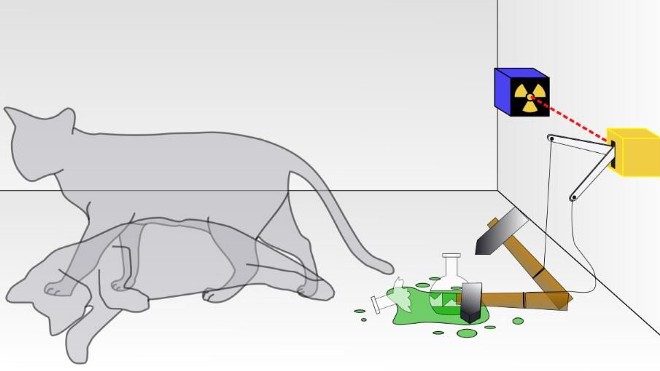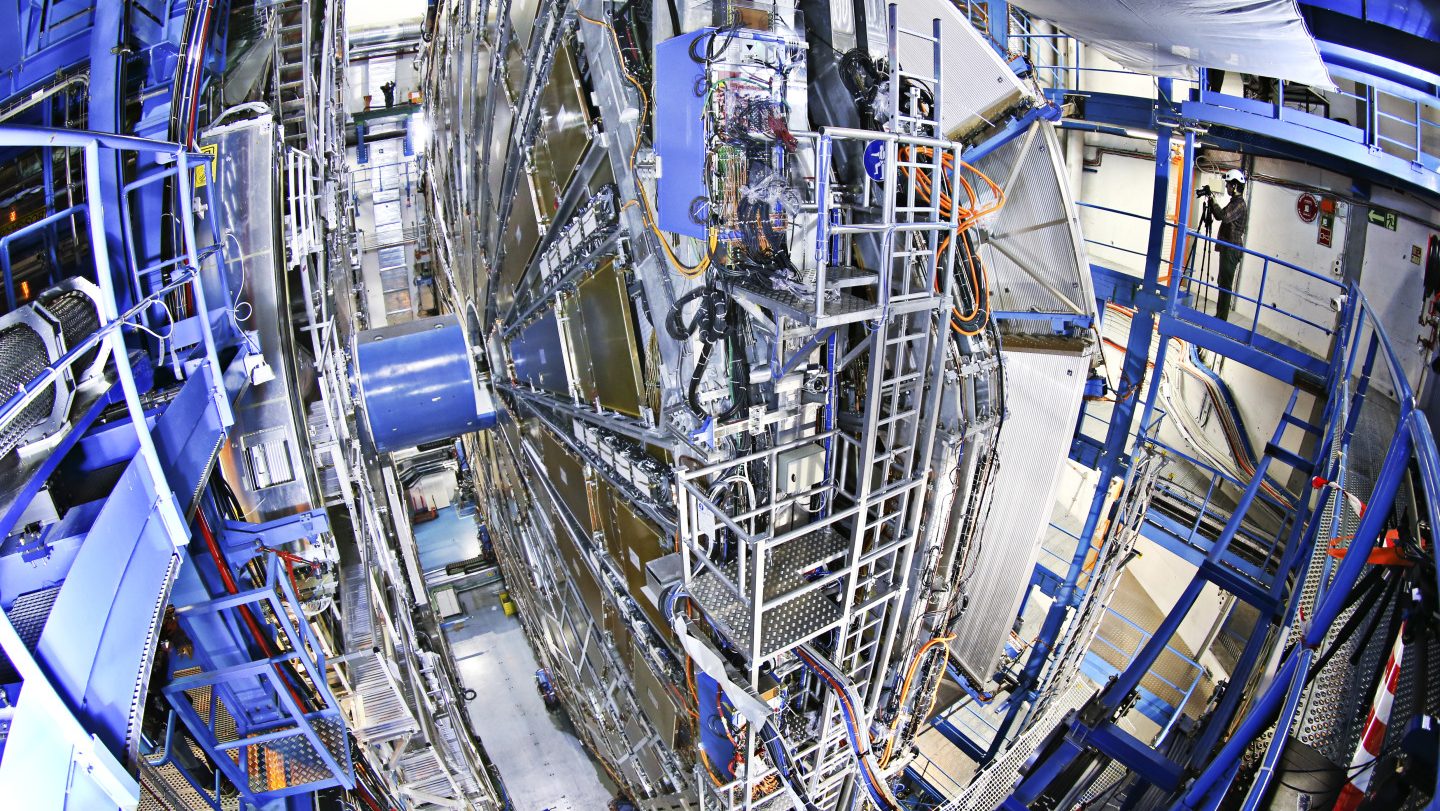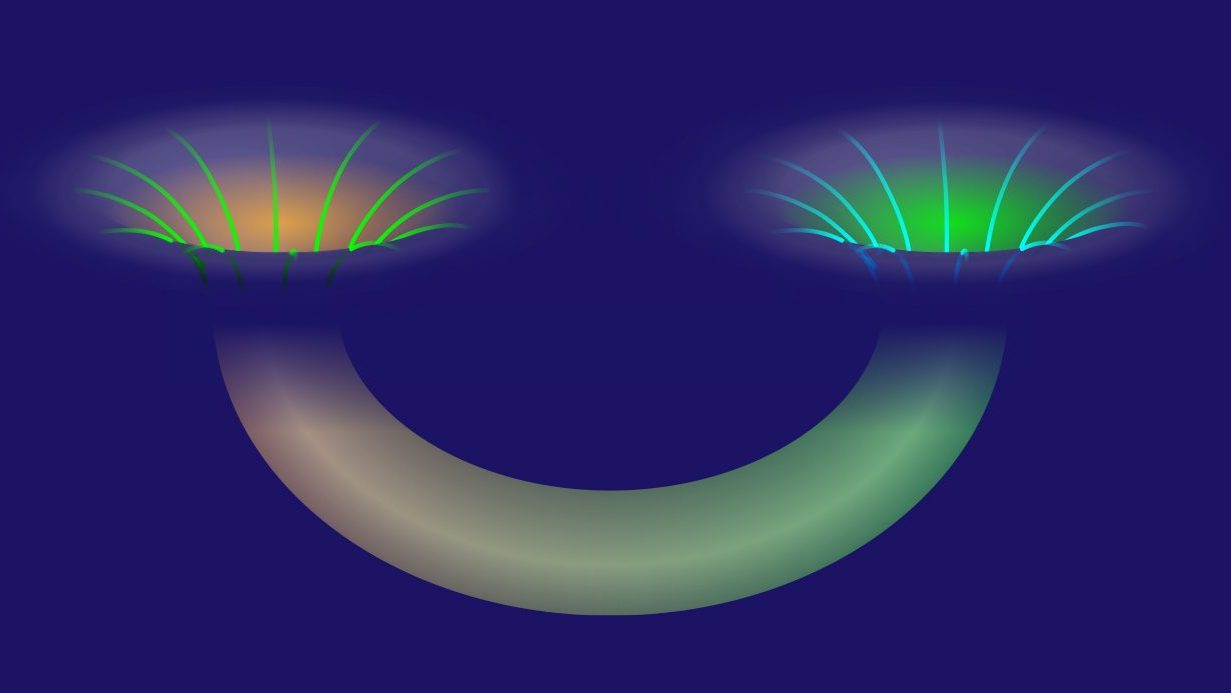Weird Quantum Discovery Says Pushing Particles Forward Can Make Them Go Backward

Quantum mechanics continues to provide brain-busting discoveries as mathematicians find that quantum mechanical particles can move in the opposite direction of where they are being pushed. That’s like pushing a ball forward and having it roll back towards you instead.
Scientists at Universities of York, Munich and Cardiff showed that on microscopic levels, quantum particles can travel in reverse of their momentum, exhibiting a special property called “backflow”.
Researchers were aware of such movement previously but in free” quantum particles that don’t have any force acting on them. By using analysis and numerical methods, they found that backflow is always there, but as a small hard-to-measure effect.
What’s responsible for this surprising property? Wave-particle duality, which holds that every particle may behave as a particle or a wave, and the “probabilistic nature” of quantum mechanics where particle properties are not fixated until observed.
Dr. Henning Bostelmann from the University of York Department of Mathematics elaborated on the finding:
“This new theoretical analysis into quantum mechanical particles shows that this ‘backflow’ effect is ubiquitous in quantum physics,” said Bostelmann in a press release. “We have shown that backflow can always occur, even if a force is acting on the quantum particle while it travels. The backflow effect is the result of wave-particle duality and the probabilistic nature of quantum mechanics, and it is already well understood in an idealised case of force-free motion.”
Dr. Daniela Cadamuro from the Technical University of Munich explained that while the scientists were aware of the backflow effect, it was always observed when no outside forces were acting on a particle, and the researchers showed that backflow continues to occur even with external forces present, meaning that such forces “don’t destroy the backflow effect, which is an exciting new discovery.”
The practical implications of this discovery may lead to stronger computer encryption. The effect hasn’t been lab-tested yet but scientists are working on setting up appropriate experiments, perhaps with Bose-Einstein condensates. They were used earlier this year to create a superfluid with “negative mass,” where particles exhibited similarly counterintuitive behavior.
Notably, Albert Einstein remarked upon the weirdness one faces when confronted with quantum mechanics:
“It seems as though we must use sometimes the one theory and sometimes the other, while at times we may use either. We are faced with a new kind of difficulty. We have two contradictory pictures of reality; separately neither of them fully explains the phenomena of light, but together they do,” wrote Einstein in a 1938 book with Leopold Infeld.
You can read the new study here, in Physical Review A.
Want to learn more about wave particle duality?





